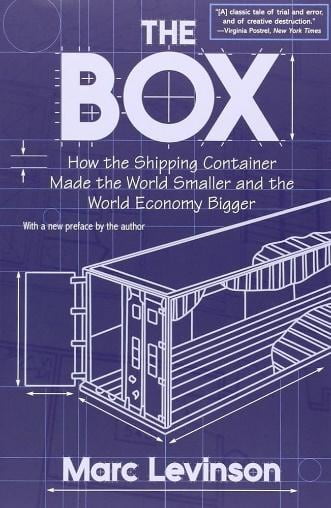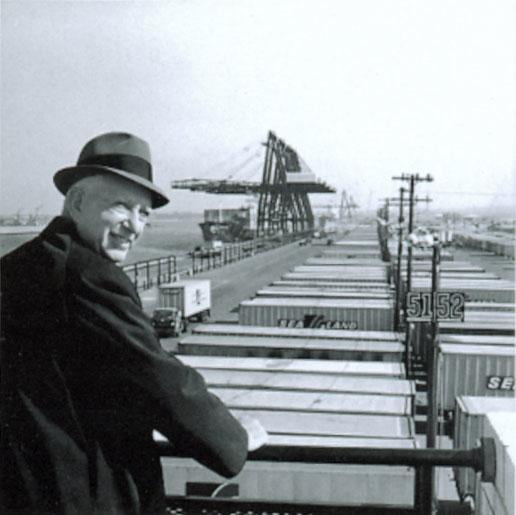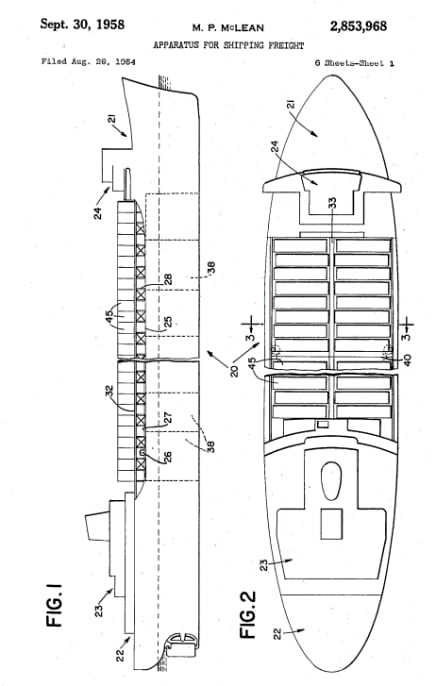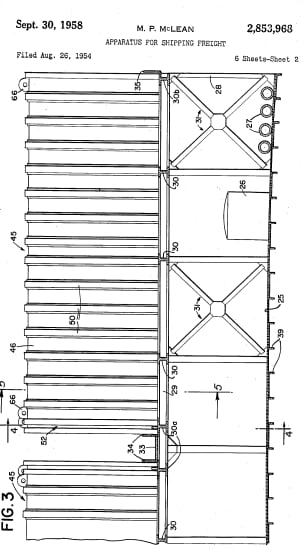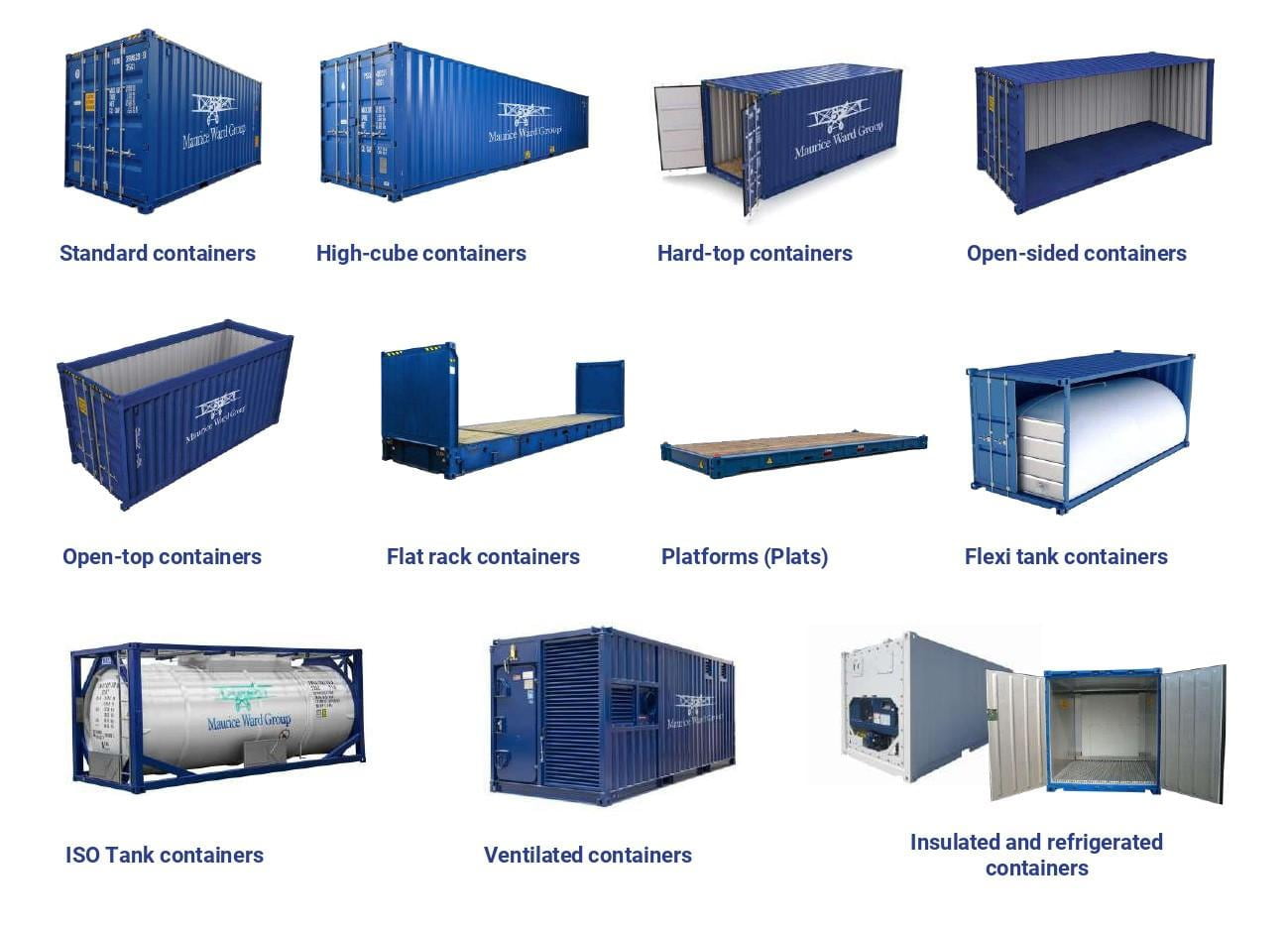Cargo can be categorized into various types based on its nature, characteristics, and mode of transportation. Here are some common types of cargo:
Containerized Cargo: Containerized cargo is goods that are packed and transported in standardized containers, such as dry vans, reefers, flat racks, or open tops.
Bulk Cargo: Bulk cargo refers to commodities that are transported unpackaged in large quantities, either loose or in bulk form.
Roll-On Roll-Off: Commonly called RO-RO, this is any cargo that has to be rolled on and rolled off the vessel. When loading the cargo on, they can be self-driven, towed, wheeled, or placed in a roll-trailer.
Liquid Cargo: Liquid cargo includes various types of liquids transported in bulk. Liquid cargo is typically transported in specialized tank containers, tank trucks, or tankers designed to safely handle specific types of liquids.
Project Cargo
Project cargo vessels are specially designed and built to transport large, heavy, and often sensitive cargo that requires special handling. Project cargo vessels come in a variety of sizes and configurations, but all are designed to accommodate oversized and/or difficult-to-handle cargo.

